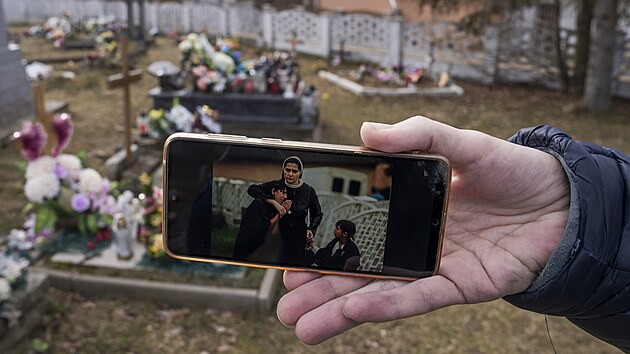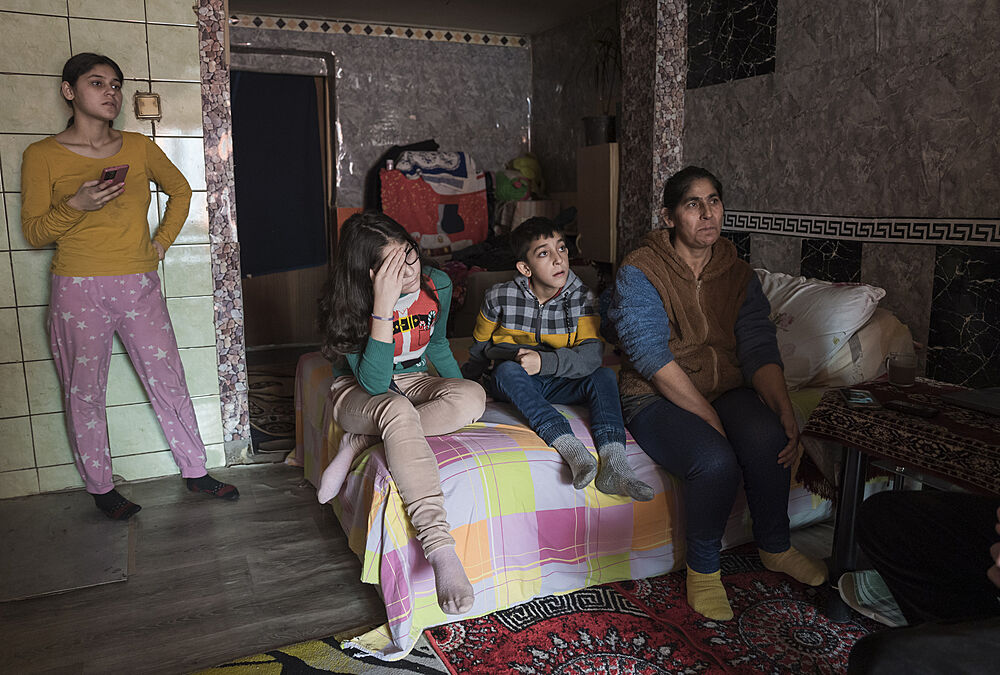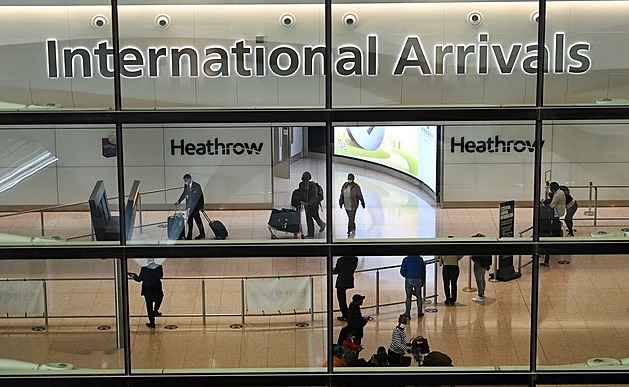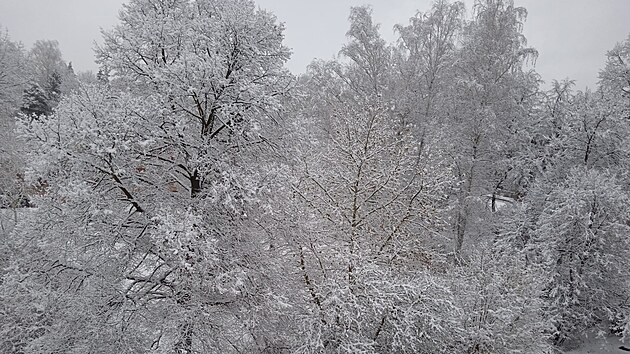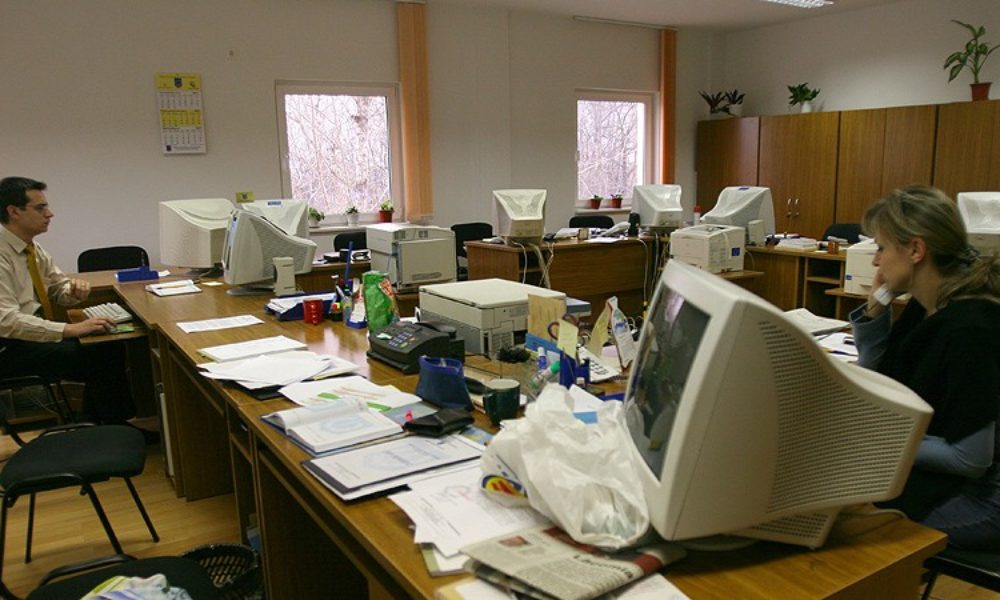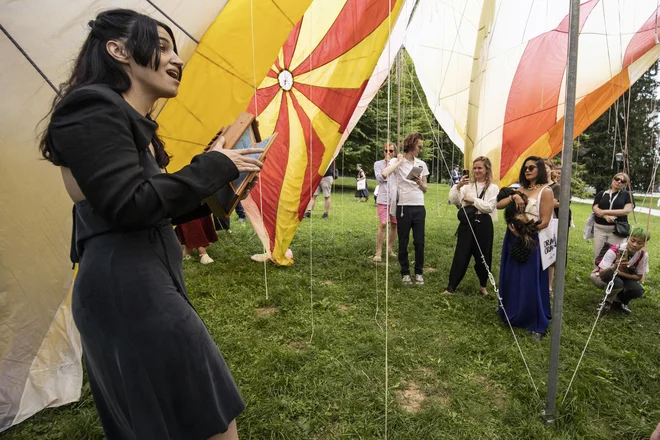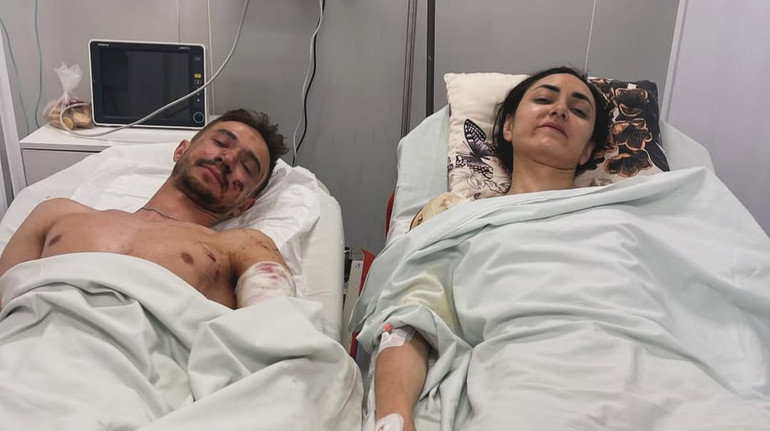Apocalypse in the Roma settlement. We found the order of the sister of the famous photo

“A week before the flood, a strange thing happened. A strange monk walked around the settlement. He walked on the water, but he wasn't wet. People saw him. I don't, I was preparing for holy communion. But I had such an idea … That day there was one lady on our country and said she had a strange dream: Great water will come and many people die … ”
Jaroslav Červeňák was fourteen years old when the largest Roma settlement in Slovakia was swept away by water. In the hills above the village of July 20, 1998, six storm clouds met at the same time and a sharp downpour that the poor region around Bardejov has not experienced for a thousand years.
“It was hot and stuffy, and then it started to rain around 2 pm. At first it looked like a summer shower. Then the big storm began. Today there would be a warning, but at that time the mobiles were not. People were cooked and washed, no one was ready for it, ”recalls Mr. Červenák, who lost his aunt and cousin.
The flow in the creek Malá Svinka in a few minutes grew to two hundred cubic meters per second, more than the Vltava in Prague. The torrential wave reached up to six meters and the deposits of mud, stones and refuted trees in the coming days rescued fifty dead. It was a disaster that Slovakia has not experienced since the division of the country – yet you would be looking for a password for Wikipedia in vain.
We walk between wooden huts to the cross, which Jaroslav Červenák built in memory of the victims. There are children with apricot, the packs of mongrels flush their eyes into the sun, on the fences dried carpets with the Louis Vuitton logo. One Tepic is just scrubbing on the muddy ground, and its owner shows loudly not to photograph it.
We are at the very end of the settlement. There is a view of fields and forests behind the cross. Malá Svinka crosses the west and cuts into the Bachureň Mountains. It was from this direction that death rolled up twenty -seven years ago. To this day, when it starts to rain, the Roma from the houses near the stream run to the hill to safety.
Jaroslav Červenák says that the disaster brought him to the service of God. “Some people thought it was God's punishment. They didn't believe, they didn't pray. Then they realized that they were evil, unfair, arguing. At that time they began to knock. After the floods we started to walk among the Roma, preached the gospel, we prayed the rosary. I built a cross and started to meet him for prayer. Morning and evening, sometimes long into the night. ”
A fraction of a second
Five hundred kilometers away to the west to the Apocalypse in the Šariš Highlands is remembered by David Neff. At that time he worked as a photographer of MF DNES and decided to go on his own place. “It was terrible because there were so many dead children. These people basically suffocated in the mud, ”says one of the most respected Czech photojournalists.
He and his colleague from the magazine arrived the day after the disaster and saw the picture of complete destruction. “The corpses were dug by the Slovaks from the adjacent village. Of course they hate the Roma, because coexistence is not easy. Yet they took a shovel and downplays, someone had to do it. Regardless of the tense relationships, it aroused a huge regret in everyone, ”he recalls.
In the settlement he shot the removal of debris and survivors above the coffins balanced in front of the municipal office. He said he did not meet hostility, the locals were glad that someone was interested in disaster. Several journalists arrived in the washed -out settlement, but less than the disaster of such an extent could be expected. Prime Minister Mečiar also showed up, but he was taken only in the village on the hill. He did not bother to the settlement.
While the church's survivors plunged on many coffins, a number of new graves grew up in the cemetery. “The guys from the village even had an excavator. The coffins then took on the cemetery on trucks because it was not possible to get fifty funeral cars, ”says Neff.
The Jarovnice cemetery is situated by the road to Sabinov and the graves of the drowned are still clearly visible. They stretch along the white concrete fence, all of them carry the date of 20 July 1998. This is where Neff took the most famous photo of his career. Sometimes it is even referred to as the strongest film in the thirty -year history of the Czech Press Photo competition.
“I talked to someone, my camera was ready. And suddenly I saw the situation. There was a sister of the order and comforted a mother who lost her children. Suddenly as if time stopped. I understood it was the photo. I grabbed the camera and made two windows. It was just a fraction of a second, then the image disappeared, ”Neff describes, emphasizing that he focused manually. « But I was almost sure it was there. »
His film brings Jarovnice a hundred times better than dry statistics of victims and damage. The Roma woman desperately switches her hands and weepy eyes stare at the soaked girl. They seem to be the only support for them is the order of the order that both holding hands. As if they were silent that God had not left them. Her hard look is the strongest look into the lens. Aren't she angry then that she was taking pictures of her?
“There was no remorse. I didn't feel bad at all. In that point of view, he was more like a compassion. It was really a fraction of a second, just a microcontact. She probably didn't see me much. He looks down on the second shot, ”Neff is convinced. “They often ask me if people in such situations don't scare me, but I have the opposite experience. They are glad that someone is interested in their disaster. ”
When he returned to Prague, there was no special interest in photos from Jarovnice in the editorial office. After all, Eastern Slovakia, Roma … Fortunately, the power of the film was understood by his then head Herbert Slavík and Neff's photo reportage was published in MF DNES magazine. A year later he dominated the Czech Press Photo competition. “The other photos are also very strong. Probably one of the best I've ever done, ”Neff adds.
Why are it taking pictures?
Sister Atanasia Holubová recalls the short moment in the Jarovovice cemetery a little differently. “There were coffins in the cemetery next to each other. There was one lady, crying very much. So I went to her and we went back and forth together. And I see that one gentleman is taking pictures of us. I was angry with him a little. Why still have to take pictures? I wanted to tell him something, but I was already photographed. Our next year they went to Prague and saw the photo exhibited somewhere in the shop window. They look at her and say: It's our Many! ”
It is not obvious from Neff's photo at first glance, but the nurse Atanasia is also of Roma origin. She was born seventy -seven years ago as Maria Holubova near Humenný. Dad was a blacksmith, my mother worked in the collective farm, the family often met prejudice in a small village. She found her way to faith at the Secondary Medical School, but the religious promise had to compose secretly because of the Communists. It became the first religious of Roma origin in Slovakia.
She was brought to Jarovnice by the desire to work with children. “Once I got to the night in the hands of Prešovské noviny, where it was written, how the Roma live in Jarovnice. That if an ambulance comes there, the ambulance does not know whether to go to the sick or watch an ambulance. That there is a terrible dirt. I was finished, so I thought that I would prepare Jarovovice children for holy communion, ”explains the nurses of St. Basil big.
“Children in the third grade of elementary school are preparing for reception. But there were no 15 -year -old girls and boys there. So I took it from above. Later, the parish priest from the upper village came to me and tells me, 'You were in the settlement?' Why wouldn't I? 'And they didn't do anything to you?' No, why should they? ” A small woman in a black robe laughs.
She was the last time in Jarovnice ten years ago, Roma children today teach religion in the Bardejov ghetto Poštárka. At first, the ping pong bits with them for a while, followed by a short prayer and it is already tried: What was her name of Jesus' mother? And how about his father? Children are groping, do not concentrate, but sister Atanasia has endless patience.
Definitely larger than one of the Salesians, which bites over the garbage at the football field. The balls rumble on the panel walls, the Roma boys can tame the ball on the fifth and send it with an unprecedented bomb to the goal. “But they don't have discipline. The few of them have already pulled into several clubs, but it never turned out. They couldn't, they didn't come to the training. Now they're playing for money, that's right away. Otherwise, they wouldn't run, ”the spiritual dresses.
“Mom never found”
There is one minor misunderstanding around the award -winning photo. The label, which is stored in the Czech Press Photo archive, is: « The Roma mother mourns over the death of her children who drowned in floods in Jarovnice in East Slovakia. »
Julia Duždová, however, claims that she did not pressure her children, but her mother and siblings. She was sixteen at the time of the flood, and shortly before she moved to her father's three -month -old daughter to neighboring islanders. She had no idea about the existence of photography for 27 years. She first saw her when we tapped at her door.
“They came running from Jarovnice that there were floods. They shouted that half of the people died there, that my mom was no longer alive. I didn't believe it. I went with my father -in -law on a motorcycle to Jarovnice and we saw that it was true, ”he recalls in her stiff house and her narration in the glow of the crackling stove listens to three children.
The next day she went to the heated settlement again. “It was even worse. Mud everywhere, the houses collapsed, debris everywhere. Furniture, tables, strollers, everything outside in the mud. During the floods my mom and six siblings died. Mom went to her friend's birthday, who lived in the house near the stream. She was carrying some things. The children followed her, her father stayed at home. They never found their mom, ”recalls the forty -three -year -old woman.
She had never met Atanasia's sister again. From their fleeting meeting at the Jarovovice cemetery, the immortal gesture of compassion was left, which thanks to David Neff were seen by hundreds of thousands of people.
“It is very, very difficult to comfort someone in such a situation. Words will not help you, perhaps just hugs and compassion, ”says Sister Atanasia to the question of what Julie Duždová said. “During the sermon at the funeral, his father told the Roma not to think it was a punishment. He wanted to encourage them not to think they were worse than the others. I remember the words to this day. ”
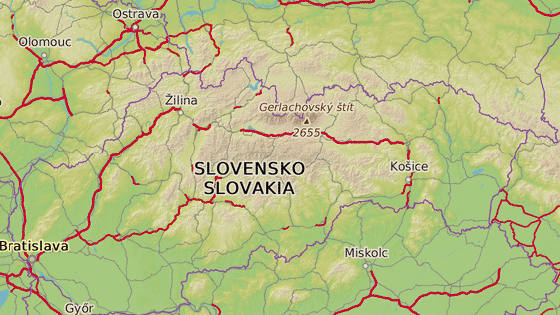
Maps are provided by © Shocart and OpenStreetMap contributors. Shocart is a traditional publisher of tourist and cycling maps and atlases. More on www.shocart.cz



